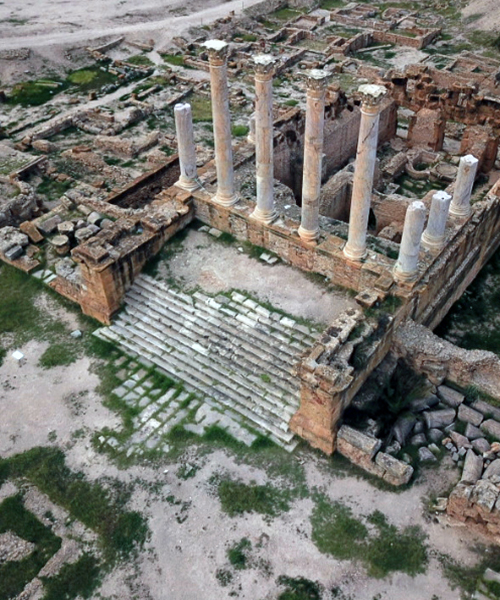Top sites
Tunisia, often referred to as the “Jewel of North Africa,” is a land rich in history and cultural heritage, boasting a plethora of archaeological sites that bear witness to its illustrious past. From ancient Roman ruins to Carthaginian remains, Tunisia’s archaeological treasures offer a captivating journey through time, inviting visitors to unravel the mysteries of civilizations that once thrived in this storied land.
One of the most iconic archaeological sites in Tunisia is the ancient city of Carthage, located just a few kilometers from the capital, Tunis. Founded by the Phoenicians in the 9th century BCE, Carthage grew to become one of the most powerful and prosperous cities of the ancient world. Today, visitors can explore its sprawling ruins, including the majestic Byrsa Hill, where the remnants of temples, villas, and public buildings whisper tales of Carthaginian grandeur. The Carthage National Museum offers further insights into the city’s rich history, showcasing artifacts unearthed from archaeological excavations.
Nearby, the archaeological site of Dougga unfolds like an open-air museum, revealing the grandeur of Roman and Byzantine civilization. Perched atop a hilltop overlooking fertile plains, Dougga boasts remarkably well-preserved ruins, including a magnificent theater, temples dedicated to Roman gods, and a sprawling forum adorned with intricate mosaics. Walking through the ancient streets, visitors can immerse themselves in the ambiance of a once-thriving Roman city and marvel at the architectural prowess of its inhabitants.
Further south, the ancient city of Bulla Regia offers a unique glimpse into Roman urban life. What sets Bulla Regia apart is its subterranean houses, ingeniously designed to escape the scorching North African sun. Visitors can descend into these underground dwellings, marveling at the well-preserved frescoes and intricate mosaics that adorn the walls. The nearby House of the Hunt and House of Amphitrite provide further insights into the opulent lifestyles of Bulla Regia’s elite.
In the heart of Tunisia’s desert landscape lies the archaeological site of El Djem, home to one of the largest and best-preserved Roman amphitheaters in the world. Built in the 3rd century CE, the Amphitheatre of El Djem once hosted gladiatorial contests and chariot races, drawing spectators from far and wide. Today, visitors can marvel at its colossal size and impressive architecture, imagining the roar of the crowd and the spectacle of ancient entertainment.
Venturing into the Sahara Desert, the ancient city of Kerkouane offers a glimpse into the world of the Phoenicians. Founded in the 6th century BCE and abandoned in mysterious circumstances, Kerkouane boasts remarkably well-preserved ruins, including residential houses, public buildings, and a unique circular marketplace. Designated as a UNESCO World Heritage Site, Kerkouane provides valuable insights into Phoenician urban planning and daily life.
From the majestic ruins of Carthage to the subterranean houses of Bulla Regia, Tunisia’s archaeological sites offer a fascinating journey through the annals of history. Whether exploring ancient Roman cities, Phoenician settlements, or Byzantine remains, visitors are sure to be captivated by the rich tapestry of cultures that have shaped this extraordinary land.


Map
Archaeological sites Tours
Explore the rich cultural heritage and natural wonders of Tunisia through our curated excursions and discovery tours, led by knowledgeable guides.

